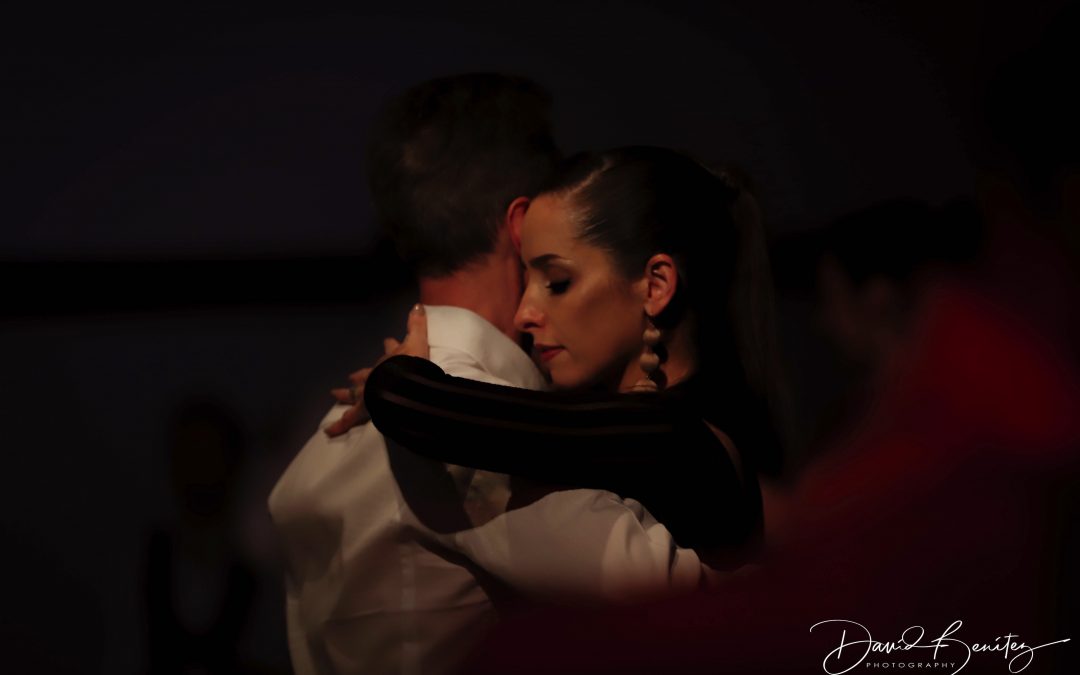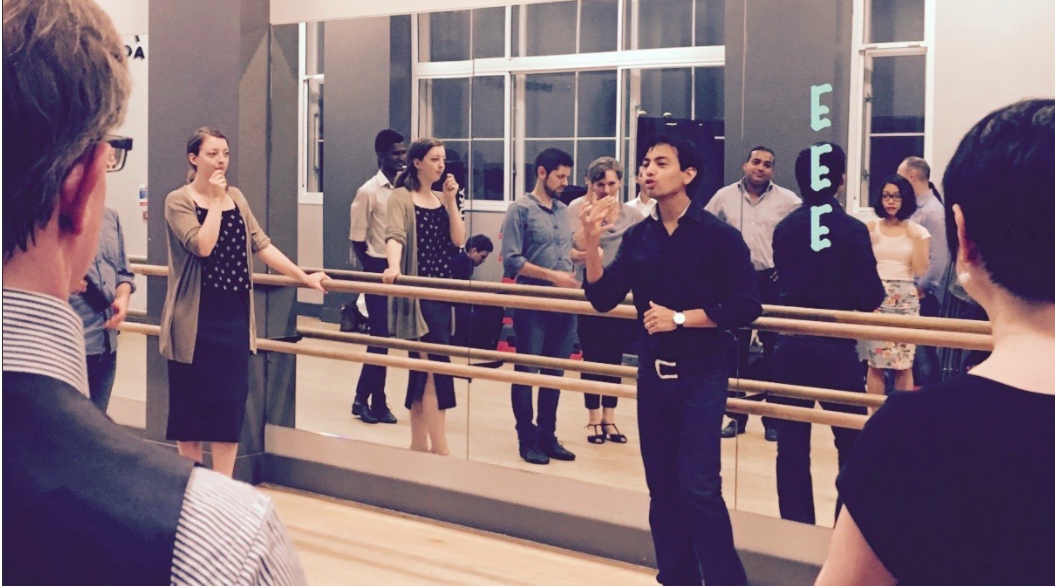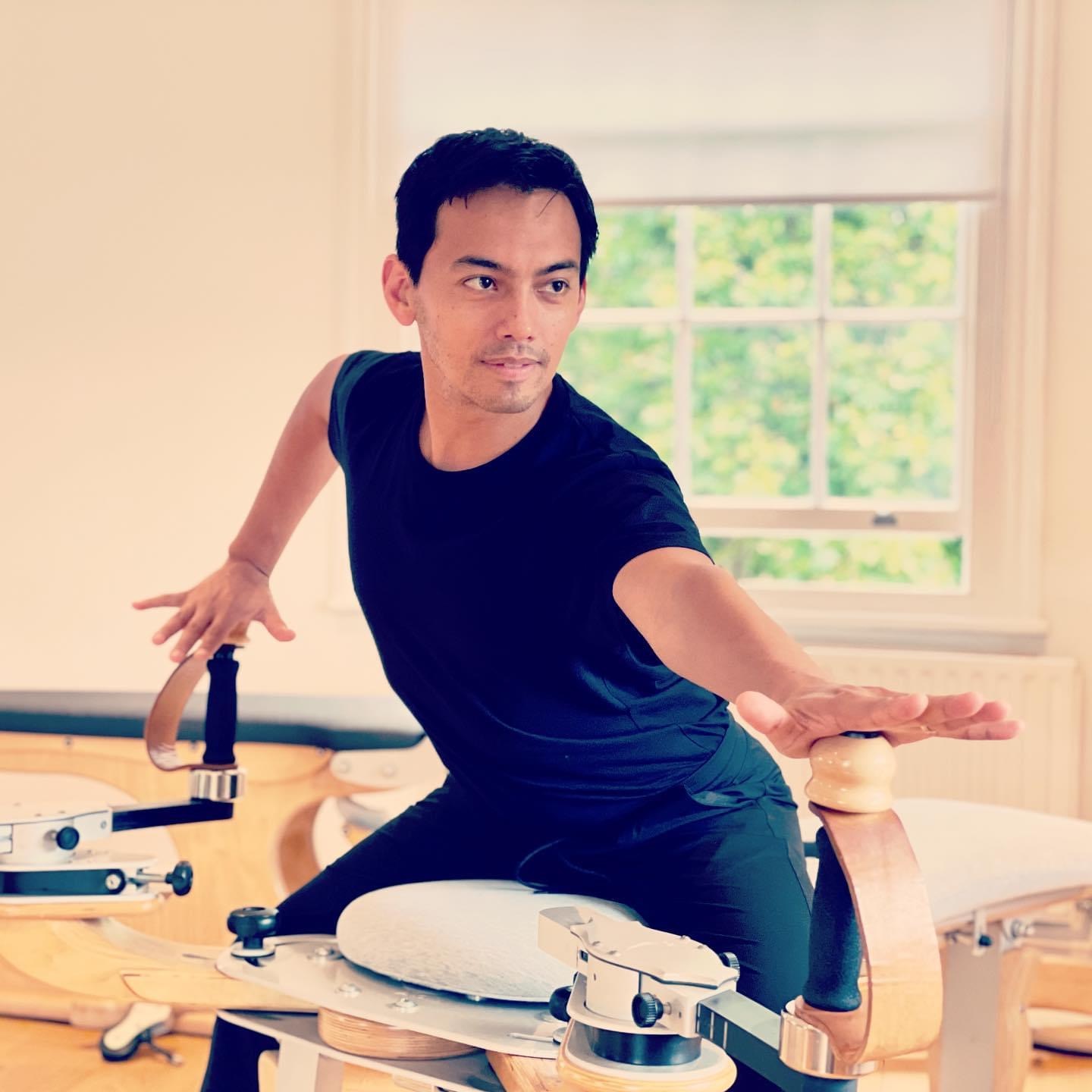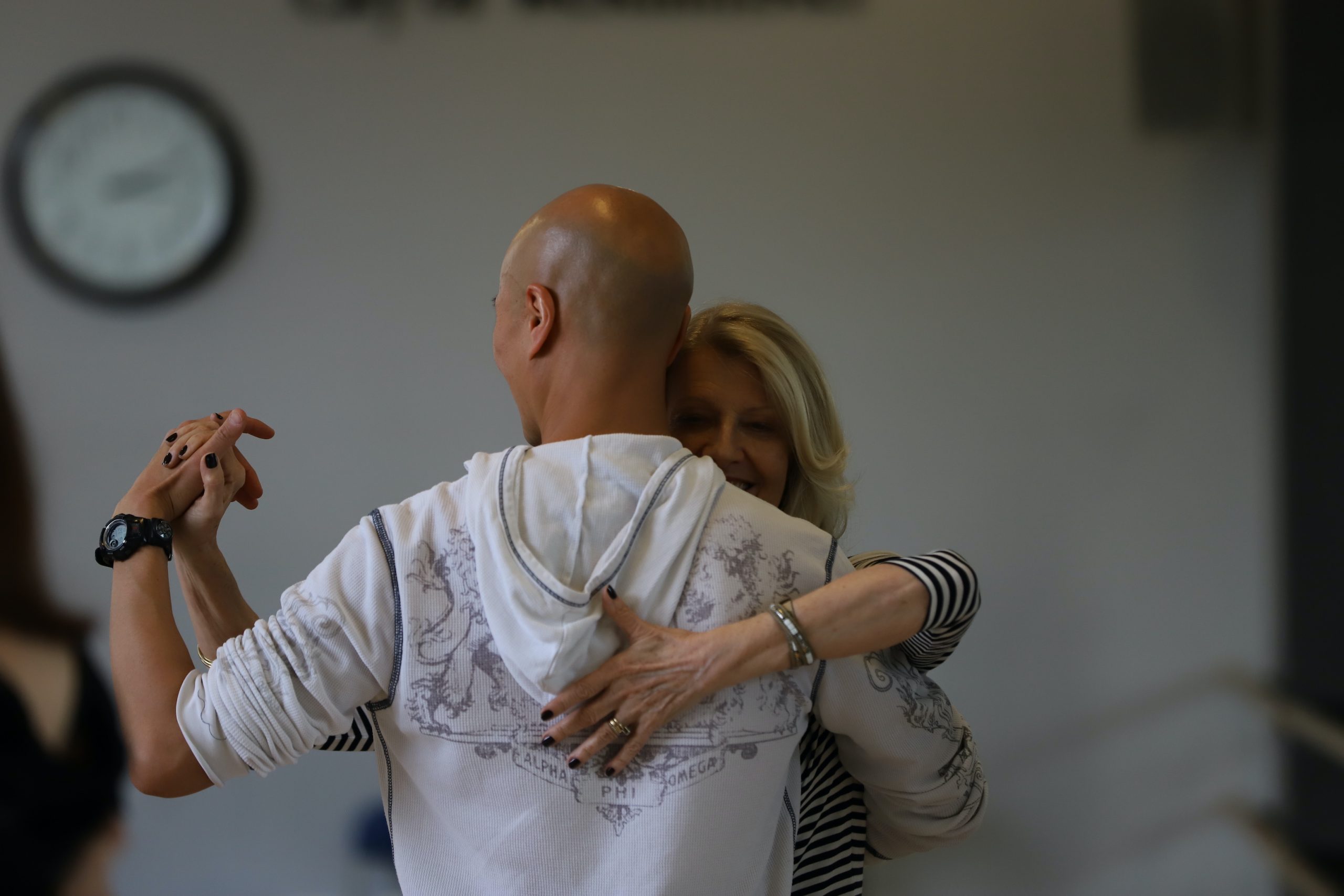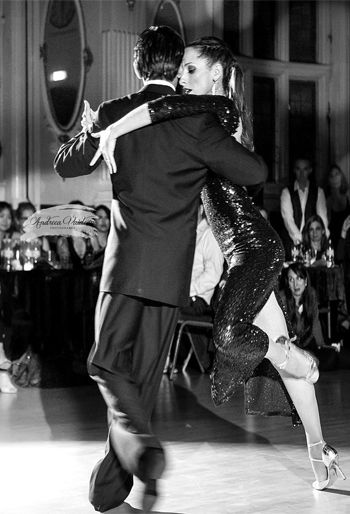This blog post is all about the “B” word. Don’t worry, it’s not the word you’re thinking of! You’re safely inside a pure tango, Brexit-free zone.
It’s another “B” word that I’d like to write about, and it has been a long time coming.
Hardly a week goes by without someone mentioning this word to me. And my advice?
Don’t say it, don’t even think it! Because the moment you do, everything starts to go downhill ….
The “B” Word
Let’s paint the scene.
You’re having a wonderful night at the milonga. The atmosphere, the music, the dances. And then a thought unbidden enters your mind.
“Is she getting bored dancing with me?”
My students ask me this question so frequently that I honestly believe there can’t be too many leaders out there who have not had this thought.
And in many ways it is a good sign. Caring about your partner’s dance experience is a positive trait, reflecting a healthy desire to give as well as receive.
But the thought invariably triggers a change in your dancing. And not unfortunately the change you’re hoping for.
The Problem
When the “B” word pops into your head, you’re overlooking a very simple truth that I think all tango dancers will agree with.
Tango – in its essence – is beautiful. The embrace, the walk, the music. Put all those elements together? Magic!
When you find harmony in these fundamentals, you get the feeling that you don’t need anything else in the world.
This will never be boring to me. In nearly twenty years of dancing, it’s allure has yet to fade.
Yes, there is more to tango than the walk and when you start to discover all the other movements and combinations, you fall in love with these too.
But never feel that the simple things are not enough. They are more than enough.
Steps and Steps Alone
When faced with the anxiety that your partner is getting bored, there is invariably one response. And that is:
More Steps!
There are so many wonderful combinations in tango it is like being a kid in a sweet shop. Creating more figures to entertain your partner seems like a great solution.
However when you think of steps and steps alone, you overlook what really makes those steps wonderful.
And that is their synergy with the music, your connection with your partner and your unique way of interpreting and giving life to those movements.
The problem also lies in the choice of steps you tend to make.
Because you’re worrying about impressing your partner you tend to search for steps that are technically challenging… and that you haven’t truly mastered yet.
The technical difficulty of a step is not commensurate with the amount your partner will enjoy it. Sometimes the simplest things – done well – can be more pleasant especially as you are far more likely to execute them correctly.
That is not to say that it is not a good idea to challenge yourself technically or set the bar high. But if your aim is impress your partner, complex movements carry a high risk of doing the complete opposite!
I recommend you think of the class or practica as the place to work with steps or movements that still challenge you, without any pressure.
The milonga is your moment to feel and connect and to let the inspiration flow. You are far more likely to achieve this if you are working with movements that are well within your comfort zone.
It will be a relief for you … and also for your partner.
An Illustration
I’d like to tell you a true story of one my student’s first experiences in the milonga, which I think illustrates the point well.
My lovely student had been learning tango for around 6 months. He had been preparing hard for the moment that he felt ready to venture into the milonga.
Together we hatched a plan. He would focus on the embrace, the line of dance and he would keep things simple. He would definitely not think of the “B” word!
The night of the milonga came. This strategy was working well and the student reported back that he was happy with how things had gone.
Then he invited a very friendly lady onto the dance floor, who he felt had a lot more experience than him. And then came the fateful thought:
“Simple things will not be enough for this experienced follower. I need to do something a little bit more interesting”.
He may not have actually thought the “B” word but the word was certainly there hidden in his thought process.
I’m sure you you can guess what happened next.
Things did not go so well in this last dance. And as he started to get more flustered and lost the connection and his partner’s trust, things did not improve.
This was an invaluable learning experience for him. But we can only learn if we know where the problem lies.
The Good News
Some people may still be reading this with scepticisim:
“Surely if I keep doing the same step again and again, my partner will get a tiny bit bored?”
Well, I have some good news for you.
The leader and the follower, though standing in the same room, inhabit two entirely separate worlds.
The leader’s world is full of thoughts, steps & combinations. The follower’s world is filled with feelings, instincts and energy flows.
Most followers have no thought for the steps you are taking. In fact, she has been been practicing the art of not thinking. She is simply and blissfully following the energy from the your torso.
It will take quite some time repeating the same steps for your partner to notice and to get bored. But there is someone else I am much more worried about …
… and that’s you.
You are likely to get bored and frustrated way before her. Constantly worrying about steps and what to do next can become a little tedious. In a way, you’re losing touch with the reason you started dancing tango in the first place.
Your partner may dance with several dance partners throughout the course of the evening. After twelve minutes with you, she will move on. You however will be dancing with you the whole night!
I’m not advocating dancing the same steps again and again. After a while, for a lot of people this is limiting.
Instead I’m recommending you focus on finding ways to dance expressively and creatively and connect to your partner and the music.
And I promise you will never get bored. And by extension, neither will she.

